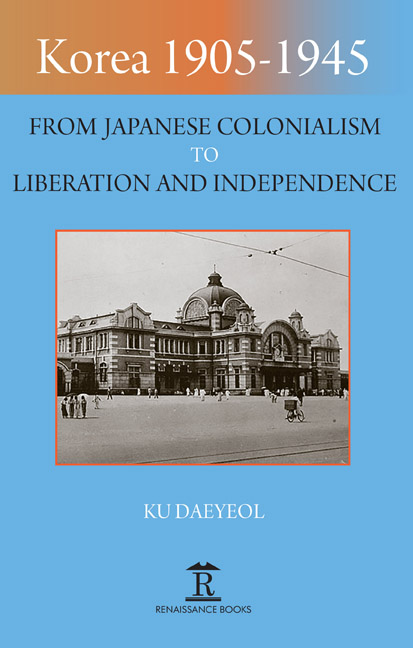Chapter 5 - Changes in Peacetime: The 1920s
Published online by Cambridge University Press: 04 May 2022
Summary
THE EAST ASIAN SITUATION
EAST ASIA REGAINED political stability in the 1920s as the so-called Washington Conference system “settled in.” With the Washington Conference (November 1921 – February 1922), the two-decades-old Anglo-Japanese Alliance was dissolved. The Four-Power Pacific Treaty, the Five-Power Naval Limitations Treaty, and the Nine-Power Treaty on China were established as an alternative, in the hope of eliminating potential conflicts among the Western powers and Japan. Ostensibly, at least, Japan's expansion into the continent was contained, and peace was successfully maintained in East Asia in the 1920s.
From its very beginning, however, the new system had too many loopholes, both ideologically and realistically. The United States believed that it had replaced the old, imperialistic control over East Asia with a new, American system, even if Britain regarded it as the maintenance of the status quo. There was, however, no realistic foundation that guaranteed the endurance of this new peace system. The Four-Power Pacific Treaty allowed the United States to remain complacent, even though the Treaty merely stipulated that the signatories had agreed “to settle by a special conference any disputes which might arise between them.” The naval treaty also restrained the United States and Britain from attacking Japan, since it recognized Japan's naval supremacy in the East Asian region. All of this indicated that, beyond moral counsel, there was no specific means to prevent Japan from pursuing an expansionist policy.
If any system is to function smoothly, it must be fully equipped with appropriate ideological underpinnings so that is able to absorb all the related forces and counterforces. The Washington system failed to properly respond to some essential elements in East Asian politics; namely, the “new forces” of China's radical nationalism, and the Soviet Union after World War I. In the end, China became a radical force with anti-Western and anti-Japanese tendencies, and the system lost its function. The Washington system also could not cope properly with Japan's policies toward China, which were described under the rubrics of the moderate “Shidehara diplomacy” and the more aggressive “Tanaka diplomacy.” Tanaka diplomacy is generally understood to have emerged to promote forward expansion into China, as anxiety grew that a “peacetime diplomacy” would leave Japanese ambitions unrealized.
- Type
- Chapter
- Information
- Korea 1905-1945From Japanese Colonialism to Liberation and Independence, pp. 139 - 168Publisher: Amsterdam University PressPrint publication year: 2021



